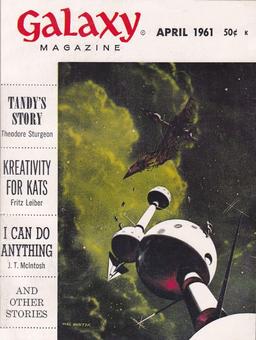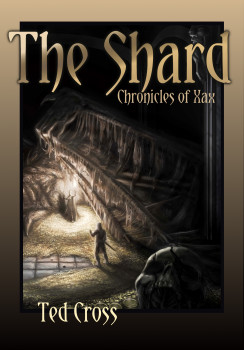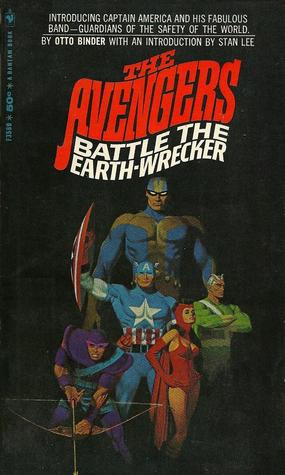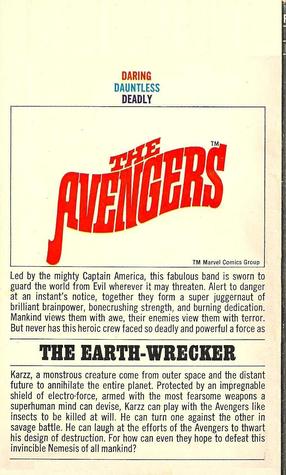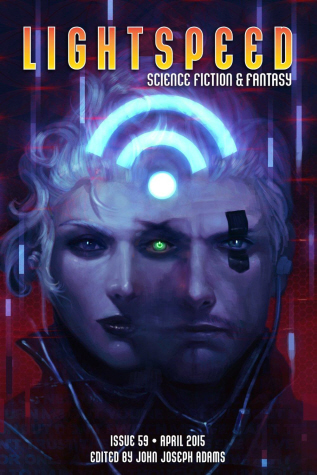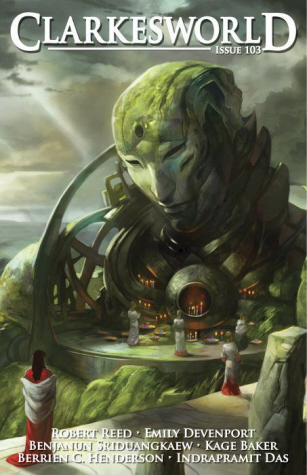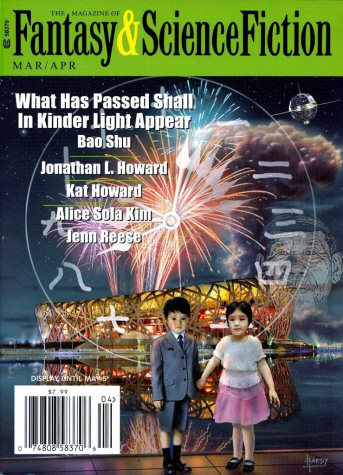New Treasures: The Vorrh by B. Catling
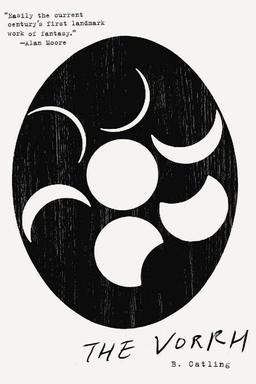 I first heard of B. Catling’s second novel The Vorrh when Matthew David Surridge reviewed it for us two years ago, saying:
I first heard of B. Catling’s second novel The Vorrh when Matthew David Surridge reviewed it for us two years ago, saying:
It’s a powerful book, precise and unexpected in its use of language and its plot construction, a dizzying and straight-faced blend of history and the unreal… It’s mostly set in the years after World War One, but although there are scenes with peculiar Victorian technology and bakelite automata, it mostly avoids any feel of either steampunk or such recently-coined retrofantasies as dieselpunk or decopunk… while one can say that the Vorrh of Catling’s novel — a massive forest in which time is confused and myths wander — recalls Robert Holdstock’s Mythago Wood, the feel is something quite different.
The book has just been reprinted in trade paperback by Vintage, with an impressive range of cover blurbs, including a stellar endorsement by Alan Moore on the front cover:
Easily the current century’s first landmark work of fantasy.
Sadly, Moore’s introduction to the hardcover edition is missing here, but you can’t have everything. (The hardcover, out of print for scarcely a year, already commands ridiculous prices on the collector’s market, so I’m just glad to finally have a copy.)

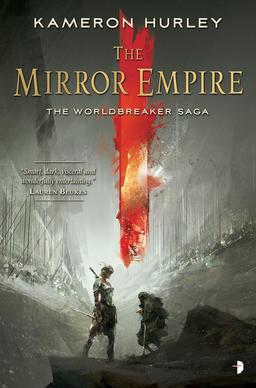
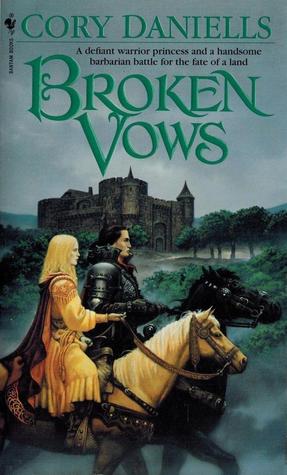
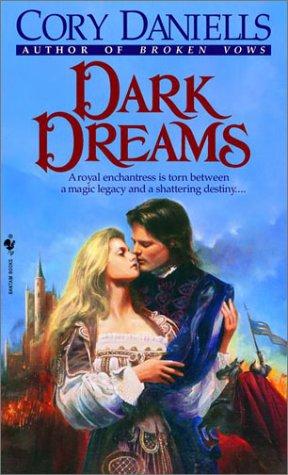
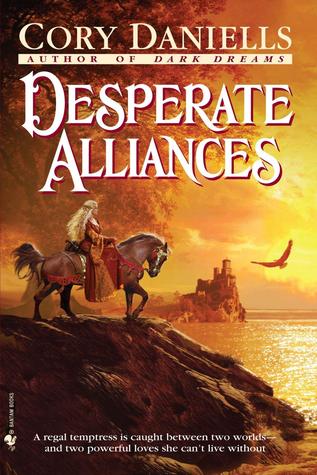
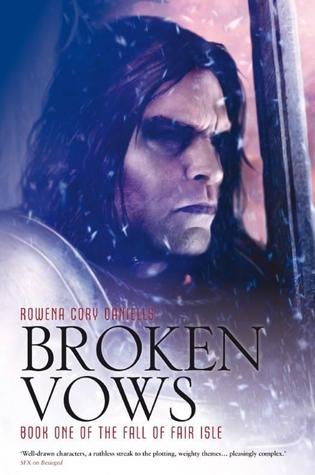
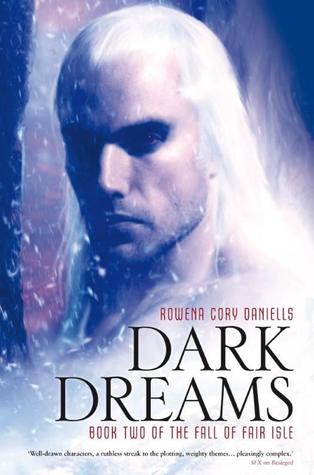
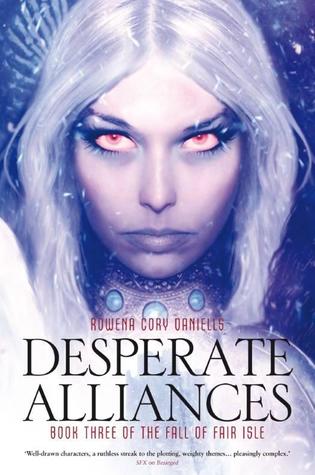

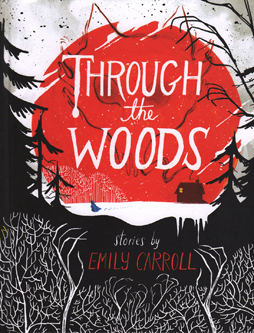 And now for some utterly uncontroversial awards news: on April 22, the nominees for the 2015 Eisner Awards were announced.
And now for some utterly uncontroversial awards news: on April 22, the nominees for the 2015 Eisner Awards were announced. 